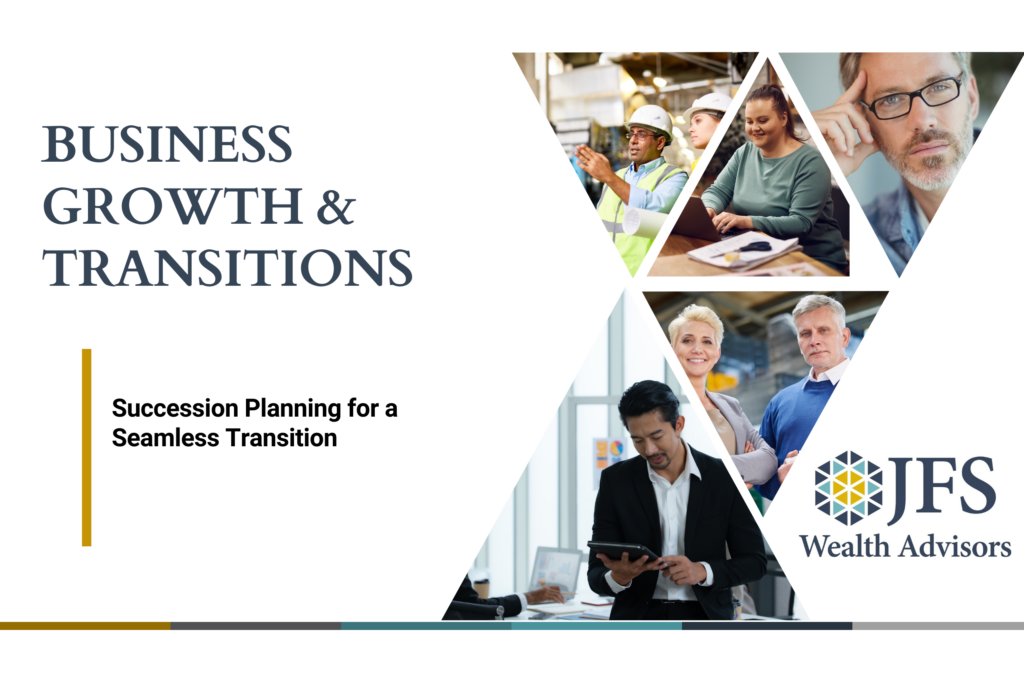It might surprise some that we say this, but as advisors, one of our key goals is to help manage the inevitable emotions and gut reactions that are triggered by today’s overwhelming 24/7 flow of information. As human beings, behavioral research is clear – we are hard-wired to instinctively make decisions that run contrary to successful investing.
In other words, our brains tell us… react quickly! RUN when things look scary, and (as TV personality Jim Cramer likes to trumpet on his CNBC show) BUY, BUY, BUY when we sense an opportunity. Of course, most know this is exactly the opposite of what successful investors practice, but knowing a fact does not necessarily take away the emotional anxiety of making decisions based on that fact.
The events of the past 18 months have presented a tsunami of information – many times with conflicting viewpoints and downright scary accompanying information. As such, our predictable human responses have been to seek stability and consistency – we want to take away the uncertainty and anchor ourselves on some core beliefs.
But of course, in a fast-evolving global pandemic it is nearly impossible to do so, and the result has been a sharp rise in poor decision making around financial situations. Nobel Prize winner Daniel Kahaneman notes in his book Thinking Fast, and Slow that typical “System 1” responses to information are fast and instinctive. Yet investors are much better served with a “System 2” response…slow, deliberate, and logical. The point here is that our responses to events contain biases, and those biases can impact the way we manage our financial assets.
Consider the recent study* just released by the Investments & Wealth Institute, in conjunction with Schwab Asset Management and Cerulli Associates, a well-respected independent research firm, in which over 300 financial advisors across the country were surveyed around the behavioral tendencies being exhibited by investors. Not surprisingly, the results reflected a sharp increase in well-documented biases that can derail sound decision making. While we have written about these in the past, we think it a timely reminder to note the top three. Specifically:
- Recency Bias – Being easily influenced by recent news events or experiences – up 23% to 58%.
- Confirmation Bias – Seeking information that reinforces existing perceptions – up 25% to 50%.
- Framing – Making decisions based on the way information is presented – up 27% to 44%.
We have a lot of “gray hairs” in our firm and we like to say, tongue-in-cheek, that back in “BG-Time” (Before Google), information came out of a garden hose – today it comes out of a fire hose. That torrent of information creates a sense of urgency and can easily funnel into acting instead of thinking. Investors allow this gush of information to impact their decision making because our memories are short, and we tend to think with our “System 1” framework.
We don’t want to belabor the three red flags noted above. Put simply, we want to remind our clients and friends that successful investing consists of planning, implementing, and monitoring – not jumping on the most recent bandwagon from the internet. Avoiding the minefields of poor decisions is an absolute key element to meeting financial plans. And recognition of those biases is the first step in controlling the urge to “do something!”
With the amount of information available today, it takes time to parse, analyze and apply the data, so that “fresh” information should be allowed to “marinate” before acting upon it. Ever more recent information is sure to follow.
*Source: BeFi Barometer 2021, Charles Schwab Investment Management, Inc.


















